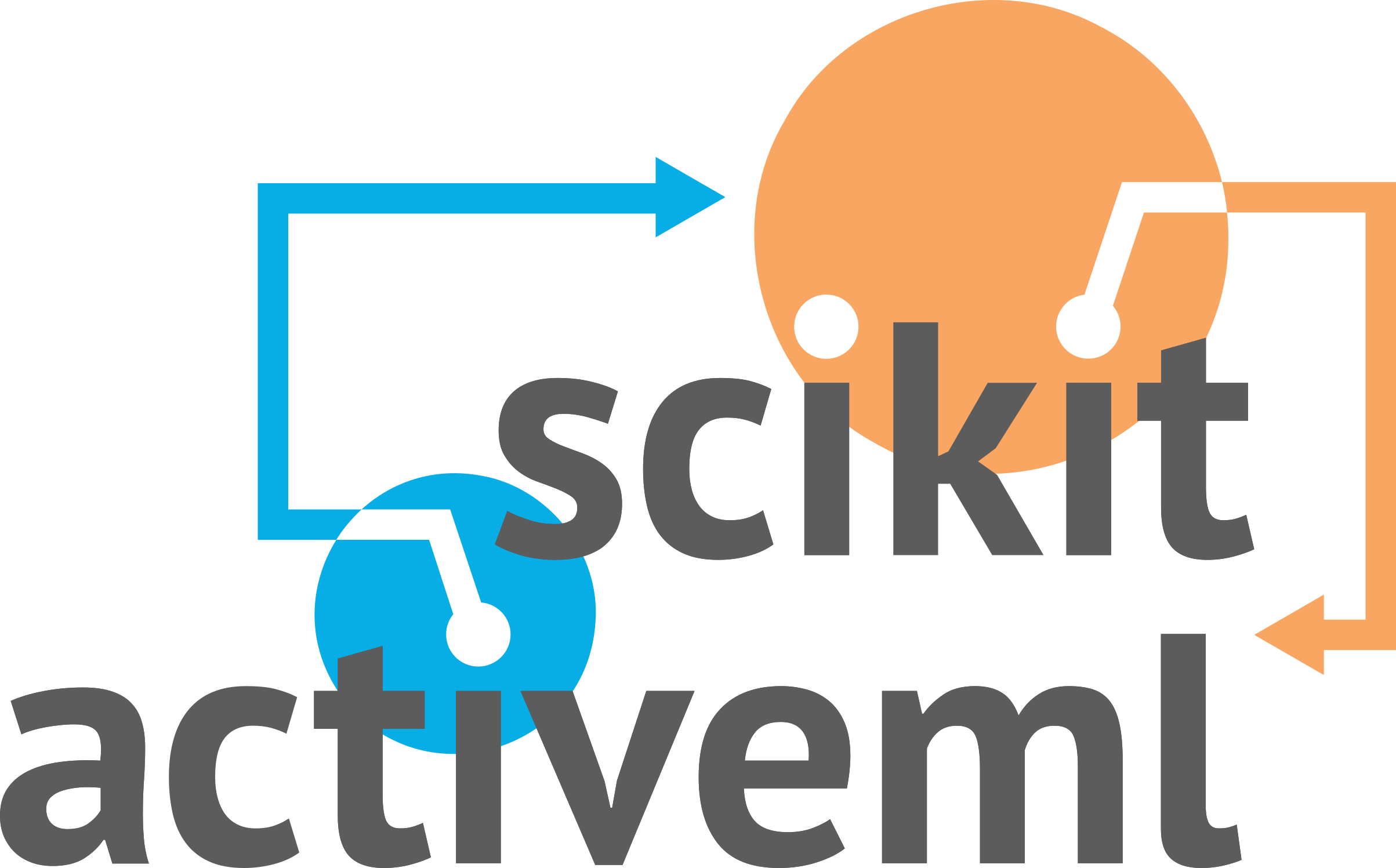import numpy as np
from sklearn.metrics import confusion_matrix
from sklearn.utils.validation import (
check_consistent_length,
column_or_1d,
check_array,
)
from ._label import MISSING_LABEL, is_labeled, is_unlabeled
from ._label_encoder import ExtLabelEncoder
[docs]
def ext_confusion_matrix(
y_true, y_pred, classes=None, missing_label=MISSING_LABEL, normalize=None
):
"""Compute confusion matrix [1]_ to evaluate the accuracy of a
classification.
This is an extension of the `sklearn.metric.confusion_matrix` [2]_ function
by allowing missing labels and labels predicted by multiple annotators.
By definition a confusion matrix :math:`C` is such that :math:`C_{i, j}`
is equal to the number of observations known to be in group :math:`i` and
predicted to be in group :math:`j`.
Thus, in binary classification, the count of true negatives is
:math:`C_{0,0}`, false negatives is :math:`C_{1,0}`, true positives is
:math:`C_{1,1}` and false positives is :math:`C_{0,1}`.
Parameters
----------
y_true : array-like of shape (n_samples)
Array of true labels. Is not allowed to contain any missing labels.
y_pred : array-like of shape (n_samples) or (n_samples, n_annotators)
Estimated targets as returned by multiple annotators.
classes : array-like of shape (n_classes,), default=None
List of class labels to index the matrix. This may be used to reorder
or select a subset of labels. If `None` is given, those that appear
at least once in `y_true` or `y_pred` are used in sorted order.
missing_label : scalar or string or np.nan or None, default=np.nan
Value to represent a missing label.
normalize : 'true' or 'pred' or 'all', default=None
Normalizes confusion matrix over the true (rows), predicted (columns)
conditions or all the population. If `None`, confusion matrix will not
be normalized.
Returns
-------
conf_matrices : numpy.ndarray, shape (n_annotators, n_classes, n_classes)
Confusion matrix whose i-th row and j-th column entry indicates the
number of samples with true label being i-th class and predicted label
being j-th class.
References
----------
.. [1] `Wikipedia entry for the Confusion matrix
<https://en.wikipedia.org/wiki/Confusion_matrix>`_
(Wikipedia and other references may use a different convention for
axes)
.. [2] `Scikit-learn Confusion Matrix
<https://scikit-learn.org/stable/modules/generated/sklearn.metrics.
confusion_matrix.html>`_
"""
# Check input.
y_true = column_or_1d(y_true)
y_pred = check_array(
y_pred, ensure_all_finite=False, ensure_2d=False, dtype=None
)
if y_pred.ndim == 1:
y_pred = y_pred.reshape(-1, 1)
check_consistent_length(y_true, y_pred)
if normalize not in ["true", "pred", "all", None]:
raise ValueError(
"'normalize' must be one of {'true', 'pred', 'all', " "None}."
)
le = ExtLabelEncoder(classes=classes, missing_label=missing_label)
y = np.column_stack((y_true, y_pred))
y = le.fit_transform(y)
if np.sum(is_unlabeled(y[:, 0], missing_label=-1)):
raise ValueError("'y_true' is not allowed to contain missing labels.")
n_classes = len(le.classes_)
n_annotators = y_pred.shape[1]
# Determine confusion matrix for each annotator.
conf_matrices = np.zeros((n_annotators, n_classes, n_classes))
for a in range(n_annotators):
is_not_nan_a = is_labeled(y[:, a + 1], missing_label=-1)
if np.sum(is_not_nan_a) > 0:
cm = confusion_matrix(
y_true=y[is_not_nan_a, 0],
y_pred=y[is_not_nan_a, a + 1],
labels=np.arange(n_classes),
)
else:
cm = np.zeros((n_classes, n_classes))
with np.errstate(all="ignore"):
if normalize == "true":
cm = cm / cm.sum(axis=1, keepdims=True)
conf_matrices[a] = np.nan_to_num(cm, nan=1 / n_classes)
elif normalize == "pred":
cm = cm / cm.sum(axis=0, keepdims=True)
conf_matrices[a] = np.nan_to_num(cm, nan=1 / n_classes)
elif normalize == "all":
cm = cm / cm.sum()
conf_matrices[a] = np.nan_to_num(cm, nan=1 / cm.size)
return conf_matrices
